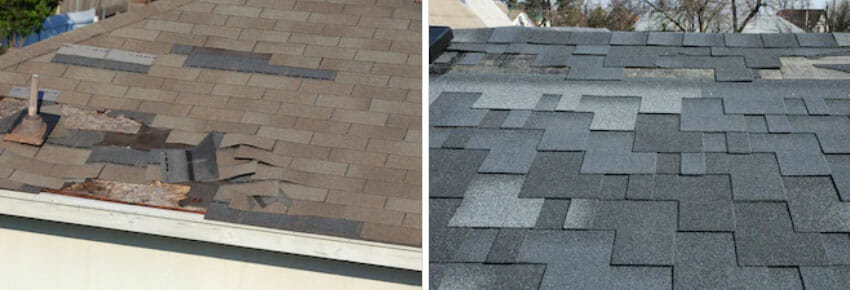Florida is a real test for the endurance of a roof. Homeowners, especially those that live along the coastline, have to deal with more than 100 days of rain per year.That amounts to 54 inches of rainfall. Add in warm temperatures and high humidity, and your roof is getting a full-body workout.
Fortunately, there are straightforward and easy ways to weatherproof your home. The key is to know what roofing problems to look for and then develop a solution from there. That is why we have assembled a list of the three most common summer roofing issues that Florida residents face.
Moisture Damage
Considering that one of every three days in Florida brings precipitation, there is a lot of potential moisture damage that can happen. The most severe example is a flood, which can fill up your basement and other low-lying rooms. Rain also increases the risks for mold, mildew, rot, and deterioration.
If a homeowner inadvertently lets rain pool up in their home or on their roof, it can erode the materials it touches. This can compromise the integrity of the roof, insulation, and even the structure of the home. The best solution is to fill in holes and cracks and replace any damaged shingles as soon as possible.
Wind Damage
The odds that your home gets hit with 90 plus mile per hour winds are unlikely. Still, wind can damage shingles as it rips off corners and edges, or causes shingles to curl. These effects can leave homes vulnerable to leaks and water damage.
High winds can also impact a roof through “lifting.” Lifting creates a suction effect and literally lifts the shingles upwards, loosening the nails and making the shingles very insecure. To minimize adverse impacts from wind, invest in high-quality roofing material, like clay, concrete, metal, or slate.
Wear and Tear
Every product wears down at some point. Roofing material is no exception. Depending on what type of shingles you own, you may expect wear and tear sooner rather than later. The most common form, the asphalt shingle, wears out the easiest because the material is thin and erodes in the rain.
The average asphalt roof lasts roughly 20 years. By comparison, metal roofs last 40 to 70 years, while clay tiles average 50 years and may even exceed 100 years. Cedar and synthetic roofs are not ideal for severe climates, but they have lifespans of 40 and 50 years, respectively.
Final Thoughts
Make sure your roof is prepared for whatever weather Florida throws at it. The most critical thing a homeowner can do is to be proactive and immediately address any damage or wear they see. Taking time to fix minor issues now will mean avoiding significant costs down the road.
If you want to repair, restore, or replace your roof, look no further than Roofs for Life, Inc. We have provided residents with roofing services in Bradenton, FL that have their rooftops looking and working like new. To find out why people have trusted us with their roofs for more than a decade, give us a call at (941) 932-0887.


